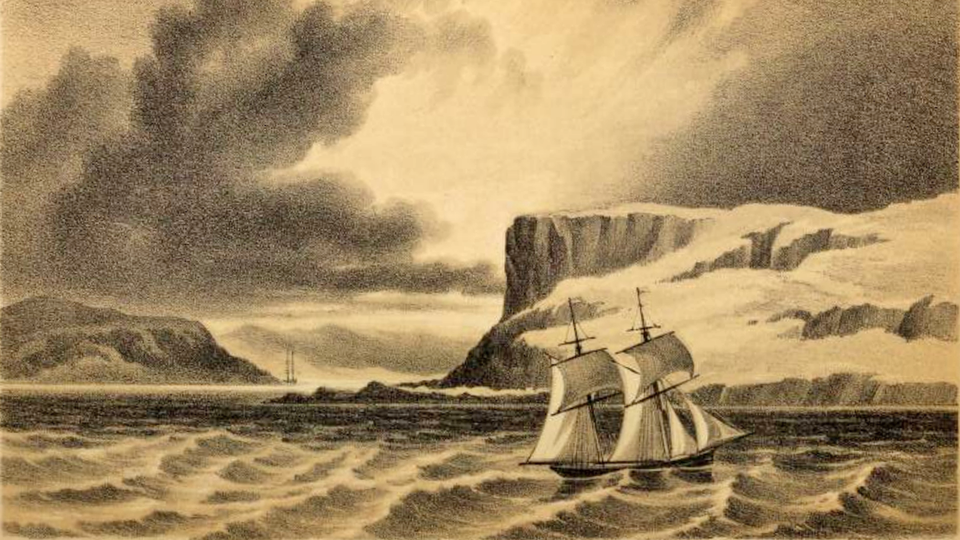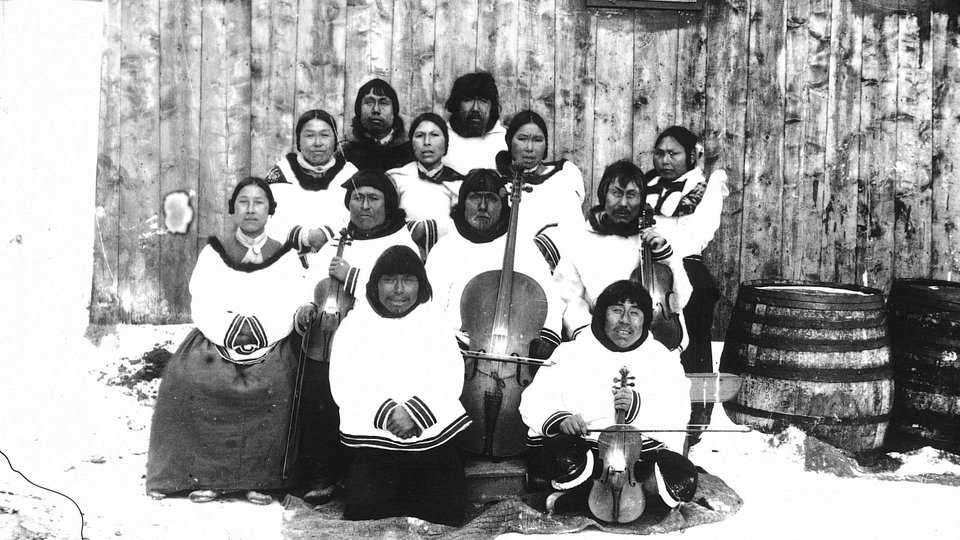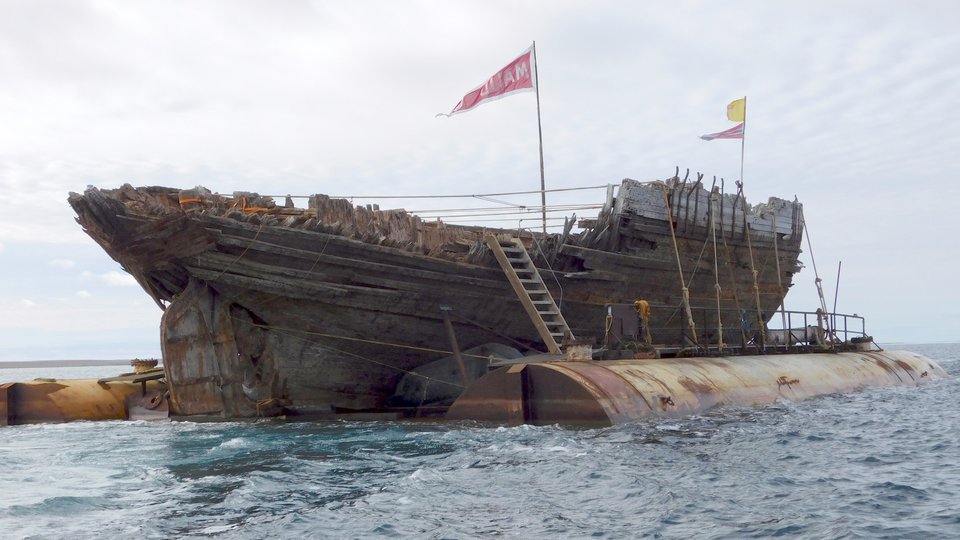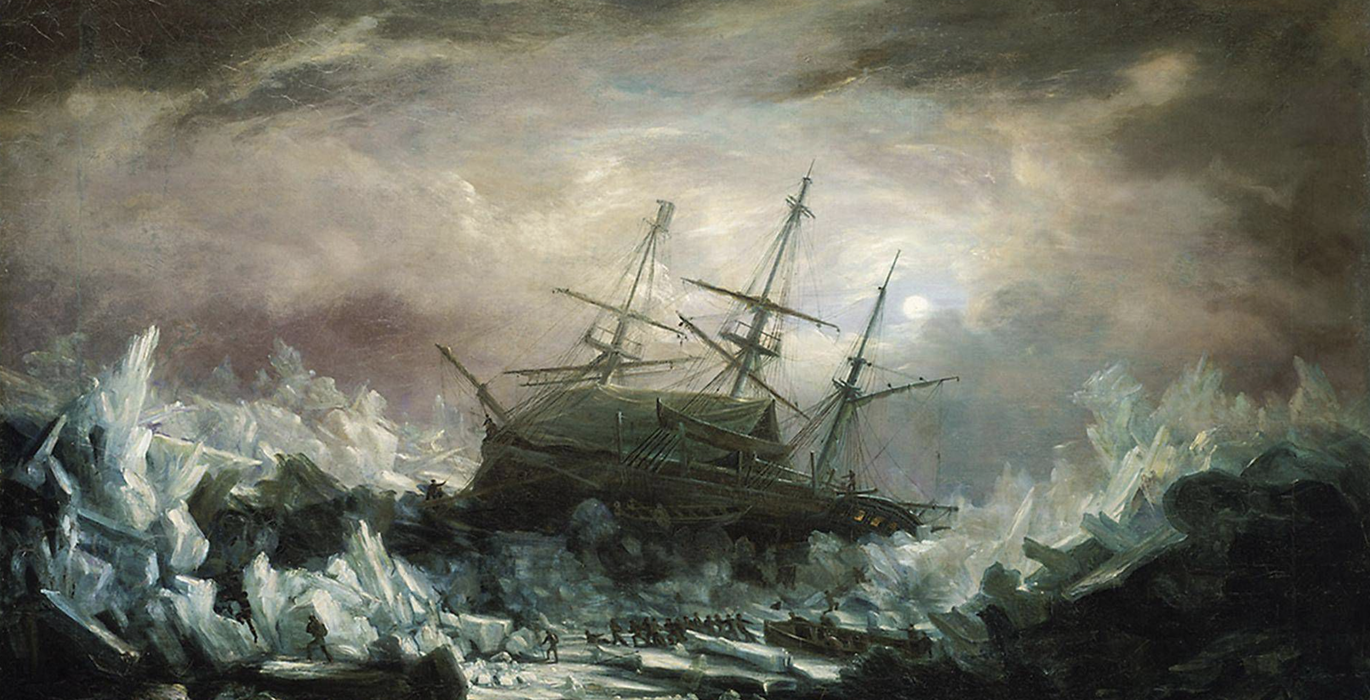
Almost 30 years after a skull previously known only as “Cranium 80” was found on the shore of King William Island, a small team of researchers have successfully identified the Franklin expedition explorer it once belonged to. Now, you can call him Warrant Officer John Gregory.
Gregory was just over 40 years old in 1845 when he first stepped aboard the HMS Erebus. At the time, he had been working with a London-based company called Maudslay, Sons and Field. His firm supplied the ex-railway engines for the two ships and was brought on the expedition to maintain them. Gregory was born in Lancashire, England sometime between 1801 and 1804.
“In addition, the Inuit reported seeing the Erebus and Terror off the coast of King William Island after they had been abandoned. They were instrumental in the search and discovery of the ships in 2014 and 2016.”
In April 1848, Gregory was one of 105 crew members who abandoned the ships after being stranded in ice for more than 18 months. That group headed south along the western shore of King William Island with the goal of reaching the mainland. His remains were found with two other men's at a site on Erebus Bay known as NgLj-3.
Accounts of his time aboard the ship exist in letters he wrote his wife. He had five children when the expedition set sail. The living descendent who provided the DNA to the researchers for comparison, Jonathan Gregory, is from South Africa. While some bones found at other sites of the Franklin expedition crew have shown cut markings indicating cannibalism, Gregory and his mates found at this particular grave did not have those signs.
Who helped make this DNA identification?
More of these skeletal elements from the ill-fated Franklin expedition might soon be identified and named.
After all, there were 129 crew members on that journey led by Sir John Franklin when they went looking for the northern passage. While their names are all known and recorded, “the identification of their skeletons found scattered along the route of their attempted escape is problematic,” as the recent study says. In this report published by Cambridge University Press, a team of four researchers make the first clear DNA match with the Franklin bones.
Authors Douglas Stenton, Anne Keenleyside, Stephen Fratpietro and Robert W. Park worked together to make this identification with decades of research to rely on.
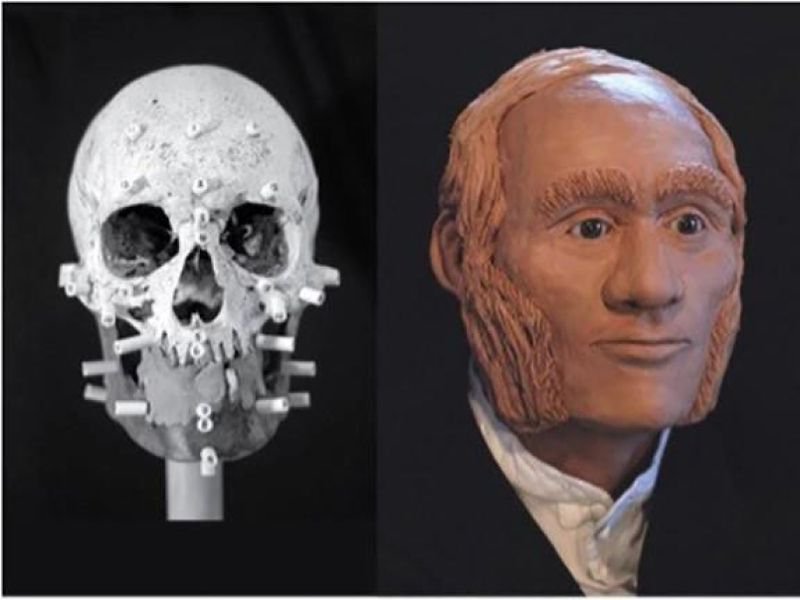
This facial reconstruction envisions what HMS Erebus engineer John Gregory may have looked like. (Diana Trepkov / University of Waterloo)
The skeletal remains of 27 Franklin men have been found on King William Island and researchers have DNA profiles for all of them. Keenleyside says they are hoping to identify at least some of those bones. She was among the first to study Gregory's skull back in 1994, about a year after it was found on the beach of Erebus Bay. But any new finding or advancement related to the Franklin expedition has to not only thank the work of the researchers that came before, but also the locals who facilitated that research. The NgLj-3 site was first discovered by W.R. Hobson in May 1859. According to Inuit oral history
recorded by Charles Hall, it is thought that two years after Hobson was at the site, it
was first visited by Inuit. That group also discovered the nearby NgLj-2 grave.
“Evidently, Inuit had heard about McClintock’s expedition and findings on the west coast of King
William Island, so went looking for the places,” Keenleyside says.
Since 1994, Keenleyside and her colleagues have built upon earlier research, analyzing geographic origins, lead levels, and DNA of the found human skeletal remains associated with the Franklin Expedition.
Inuit oral history
Inuit oral history has played an important role in many aspects of past and present investigations of the 1845 Franklin expedition. “For example, they provided accounts of evidence of cannibalism – these accounts were confirmed by the cut marks seen in many of the bones from NgLj-2,” she says. “In addition, the Inuit reported seeing the Erebus and Terror off the coast of King William Island after they had been abandoned. They were instrumental in the search and discovery of the ships in 2014 and 2016.” Over the years, Inuit, Parks Canada and Arctic Research Foundation have been involved with the search for the lost ships. In fact, it was Gjoa Haven local Sammy Kogvik who was instrumental in identifying the Terror Bay search area.
He helped lead ARF and Parks Canada to the sunken HMS Terror ship in 2016, after he says he discovered it when out fishing with his buddies in early fall when the tide was extremely low.
According to Kogvik, he saw the ship's mast protruding some feet out of the water's surface. Even though he had his wife's camera with him and took pictures making funny faces with the ship mast, he says his camera fell from his pocket when fiddling with his skidoo on the land on his way home. “People wouldn't believe me at first because I like joking around,” Kogvik said.
That is, until he was later able to lead researchers directly to that ship.
Since then, Kogvik has worked often with researchers either to guide or to fix their equipment on their journeys. Over the years, Franklin researchers have relied upon the oral histories, traditional knowledge, and on-the-land expertise of local Inuit to help guide them. Parks Canada's 2019 Franklin oral history project records many examples of this valuable information.
The lab side of things
Since 1994, Keenleyside and her colleagues have built upon earlier research, analyzing geographic origins, lead levels, and DNA of the found human skeletal remains associated with the Franklin Expedition.
This allowed the researchers to create genetic profiles of the deceased Franklin explorers – a stepping stone they hoped would eventually help in identifying the crew's bones. Finally, this year, they hit a new milestone with Gregory.
They did this by extracting DNA from Gregory's skull, as well as other found skeletal remains, and then locating the presumed descendants of the Franklin expedition. Gregory was the first clear match. Keenleyside says this research to identify the crew members will provide some insight into how hierarchy may or may not have contributed to who would survive longer on the Franklin expedition. Questions about the crew's death order may be answered in time, including if one ship had more or earlier deaths than the other. “From a research perspective, being able to identify members of the expedition allows us to address questions such as whether or not patterns of mortality differed by rank or ship,” Keenleyside said.
“For example, did more officers die earlier on in the expedition than non-officers or vice versa? Did more crew members of one ship die earlier on than those of the second ship?” For now, those questions remain unanswered but that may change as more Franklin skeletons regain their original names.
